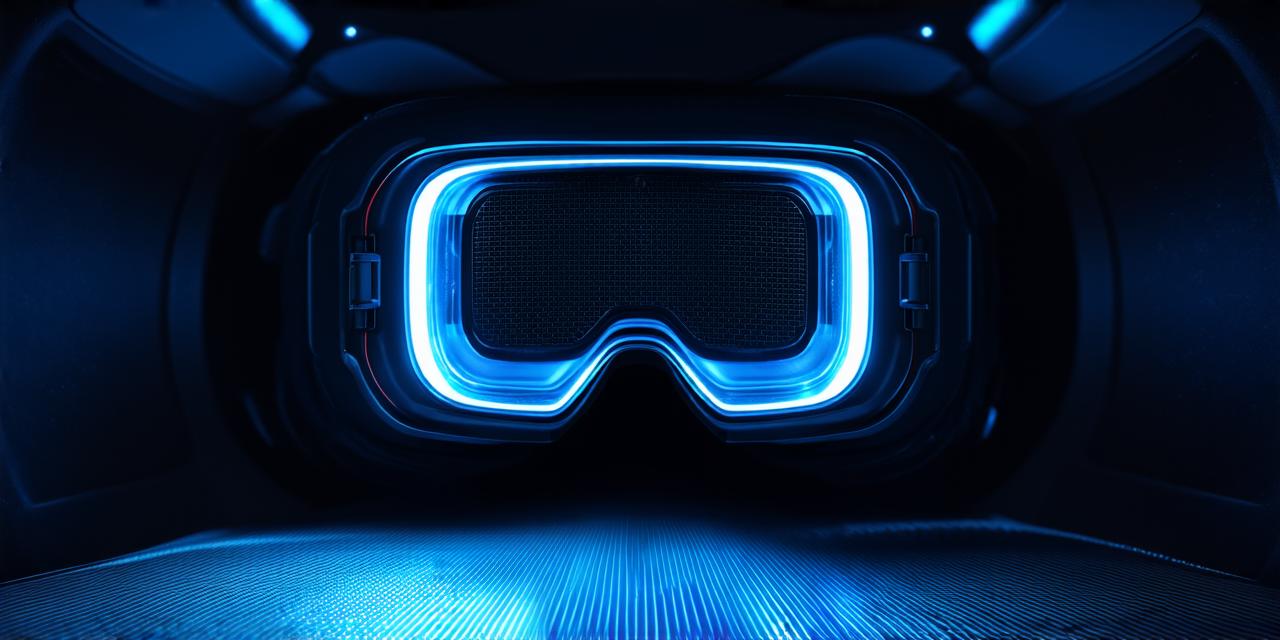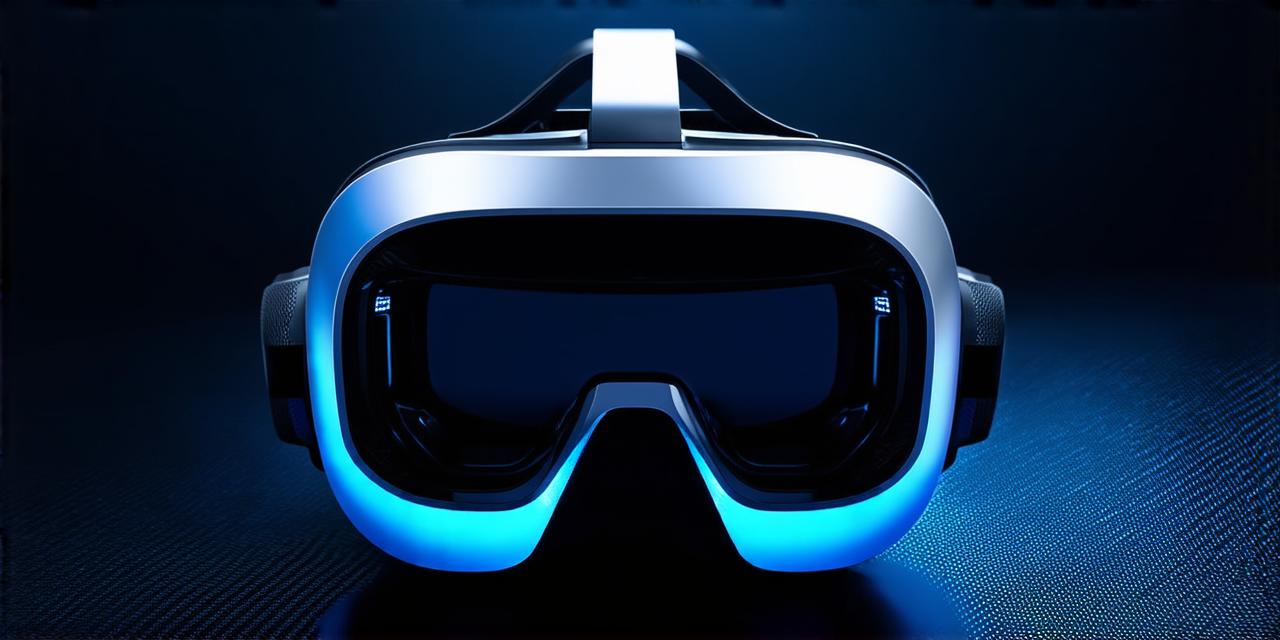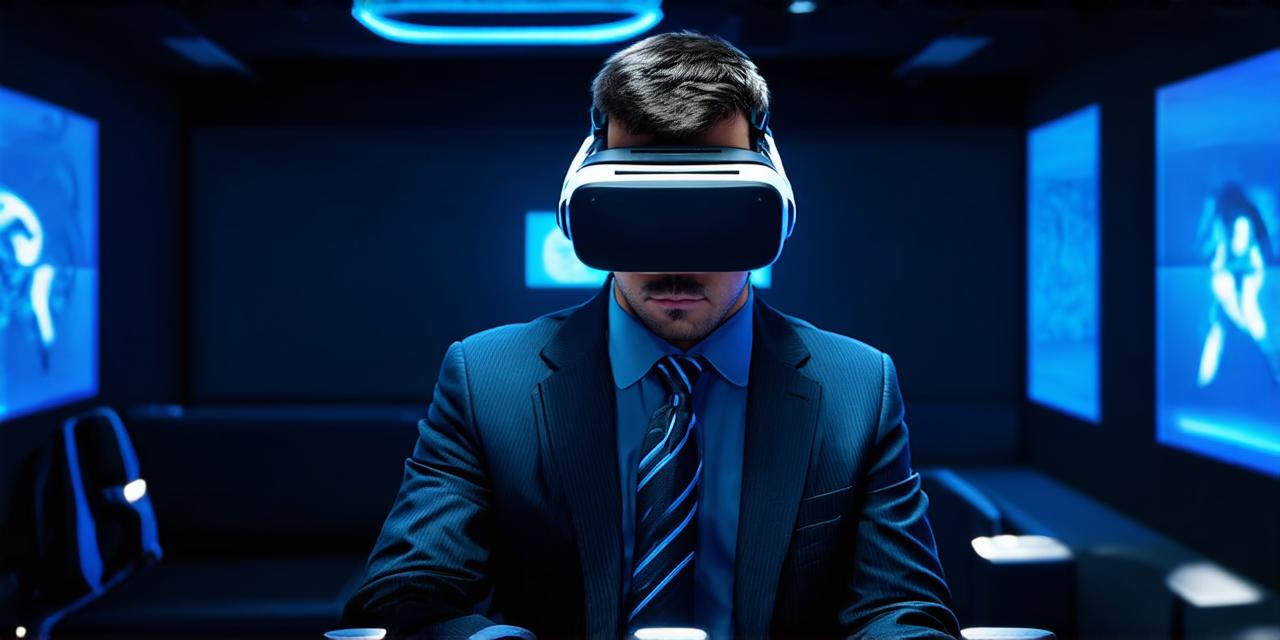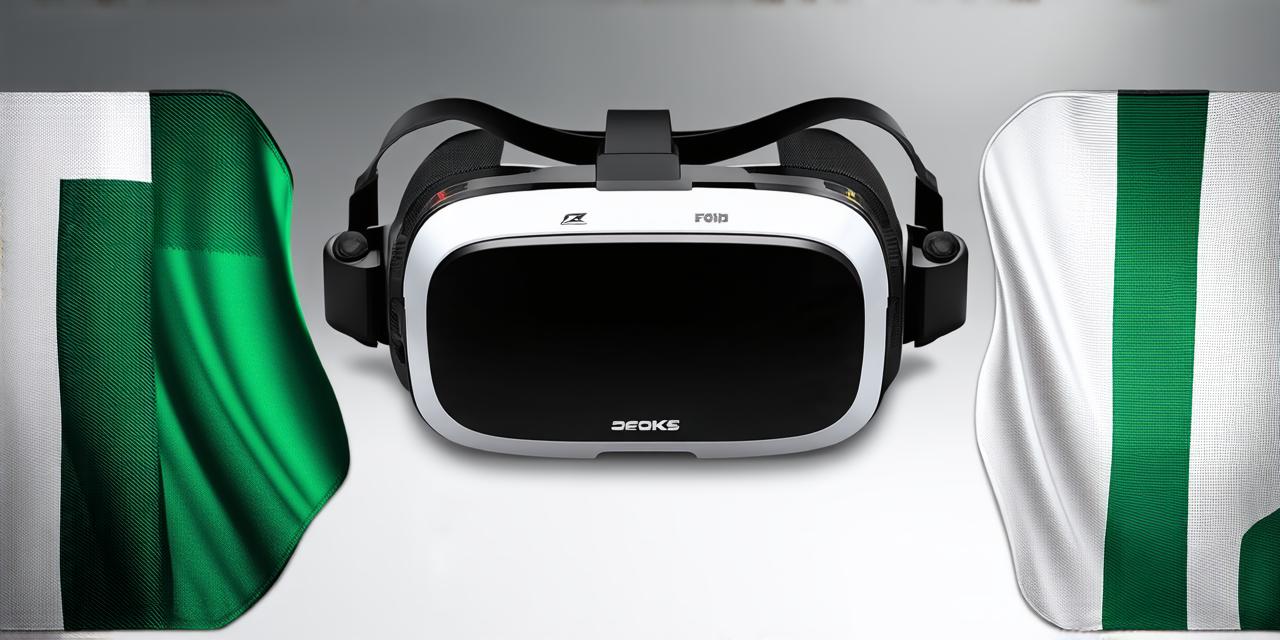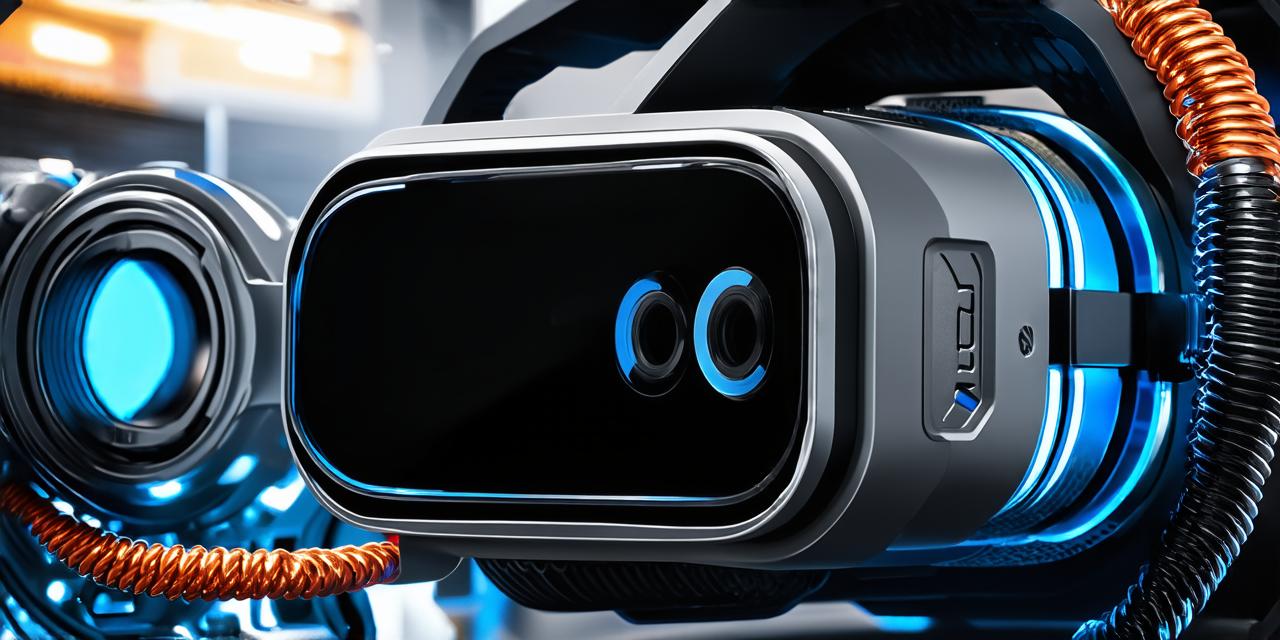Virtual reality (VR) technology has revolutionized the way we interact with digital content and experience immersive environments. With advancements in hardware and software, VR is now being used in a variety of industries, from gaming to healthcare to education.
Virtual Reality in Gaming
One of the most well-known applications of virtual reality is in gaming. VR headsets like Oculus Rift and HTC Vive have made it possible for gamers to step into a fully immersive environment and experience games in a way that was previously impossible. This technology allows players to feel as though they are truly inside the game world, allowing them to explore, interact with objects, and engage in realistic combat.
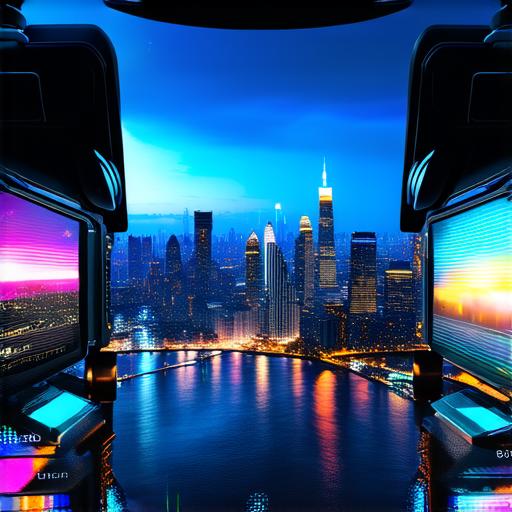
Virtual Reality in Healthcare
Virtual reality is also being used in healthcare to provide patients with immersive experiences that can help alleviate pain and anxiety. For example, VR technology has been used to treat PTSD, phobias, and chronic pain. Patients can use VR headsets to simulate real-world scenarios, such as flying on an airplane or being in a crowded room, which can help them overcome their fears and improve their mental health.
Virtual Reality in Education
Virtual reality is also being used in education to provide students with immersive learning experiences that are more engaging and interactive than traditional classroom methods. For example, VR technology has been used to create virtual field trips to historical sites or to allow students to explore the solar system. This technology can help students develop a better understanding of complex concepts by allowing them to experience them in a hands-on way.
Virtual Reality in Training and Simulation
Virtual reality is also being used in training and simulation, such as pilot training, military training, and emergency response training. With VR technology, trainees can simulate real-world scenarios, allowing them to practice their skills in a safe and controlled environment. This technology can help reduce the risk of accidents and injuries, while also providing trainees with valuable experience that can be applied on the job.
Virtual Reality in Entertainment
Virtual reality is also being used in entertainment to provide audiences with immersive experiences that are unlike anything they have seen before. For example, VR technology has been used to create virtual concerts and immersive art installations. This technology can help audiences feel as though they are truly inside the experience, allowing them to engage with the content on a deeper level.
Virtual Reality in Retail
Virtual reality is also being used in retail to provide customers with immersive shopping experiences. For example, some retailers have created virtual showrooms where customers can try out furniture and decor in their own homes before making a purchase. This technology can help customers make more informed purchasing decisions and can also help retailers increase sales by providing a unique and memorable shopping experience.
Virtual Reality in Real Estate
Virtual reality is also being used in real estate to provide potential buyers and renters with immersive experiences that allow them to explore properties in greater detail. For example, VR technology has been used to create virtual tours of homes and commercial spaces, allowing potential buyers and renters to see the property as if they were actually there. This technology can help reduce the need for physical visits, saving time and money for both buyers and sellers.
Virtual Reality in Travel
Virtual reality is also being used in travel to provide audiences with immersive experiences that allow them to explore different parts of the world from the comfort of their own homes. For example, VR technology has been used to create virtual tours of museums, historical sites, and natural wonders. This technology can help people experience new cultures and locations in a way that is both engaging and accessible.
Virtual Reality in Sports
Virtual reality is also being used in sports to provide athletes and fans with immersive experiences that allow them to engage with the sport in a new way. For example, VR technology has been used to create virtual training environments for athletes, allowing them to simulate real-world scenarios and improve their skills. This technology can also be used to provide fans with immersive viewing experiences, allowing them to feel as though they are right there in the action.
Virtual Reality in Advertising
Virtual reality is also being used in advertising to provide audiences with immersive experiences that allow them to engage with a brand in a unique and memorable way. For example, VR technology has been used to create virtual product demonstrations and immersive brand experiences. This technology can help brands connect with their audience on a deeper level and can also help increase engagement rates.
In conclusion, virtual reality is an exciting and rapidly evolving technology that is being utilized across a variety of industries. From gaming to healthcare to education, VR has the potential to revolutionize the way we interact with digital content and experience immersive environments. As VR technology continues to advance, we can expect to see even more creative and innovative applications of this technology in the future.
